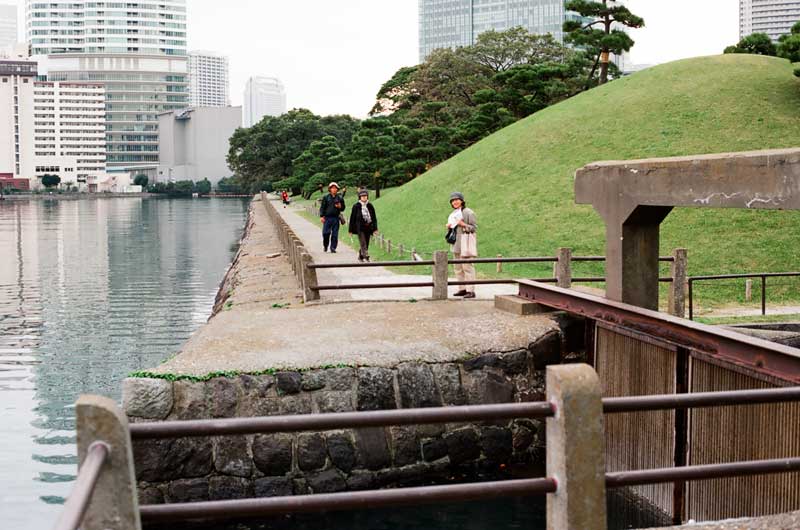
On Thursday, the Imperial Palace hosted a formal New Year Poetry Reading, with this year’s theme being “light” (hikari). On this very formal occasion, the Emperor and Empresses read poems about walking in the gardens of their palace, the Crown Princess about walking in her garden in Akasaka, and the Crown Prince on seeing the sunlight from the top of Mount Fuji.
I was impressed by this very ritualized event celebrating the beauty of nature, the love of gardening, and the feelings evoked by the seasons. Although this blog most often celebrates ordinary peoples’ gardening efforts, this event reminds me that gardening in Japan permeates high society, artists and regular citizens, and is expressed in ritualized events and daily life.
Called waka, they are short poems of 31 syllables in a 5-7-5-7-7 pattern. The poems capture natural beauty that is both refined and open to anyone, regardless of palace ownership. Images include sunlight, trees, ponds, paths, grass, with feelings evoked by seasons and the time of day.
After the jump, I have included this year’s poems in English translation and Japanese (romanji).
Continue reading →




